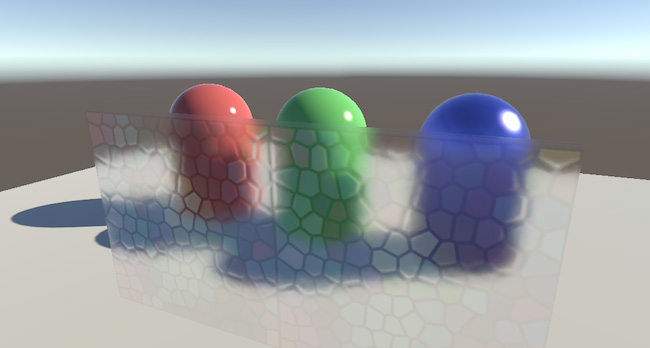CommandBuffer fundamentals in the Built-In Render Pipeline
A CommandBuffer holds a list of rendering commands (such as setting the render target, or drawing a given mesh). You can instruct Unity to schedule and execute those commands at various points in the Built-in Render PipelineA series of operations that take the contents of a Scene, and displays them on a screen. Unity lets you choose from pre-built render pipelines, or write your own. More info
See in Glossary, which allows you to customize and extend Unity’s rendering functionality.

You can execute CommandBuffers immediately using the Graphics.ExecuteCommandBuffer API, or you can schedule them so that they occur at a given point in the render pipeline. To schedule them, use the Camera.AddCommandBuffer API with the CameraEvent enum, and the Light.AddCommandBuffer API with the LightEvent enum. To see when Unity executes CommandBuffers that you schedule in this way, see CameraEvent and LightEvent order of execution.
For a full list of the commands that you can execute using CommandBuffers, see the CommandBuffer API documentation. Note that some commands are supported only on certain hardware; for example, the commands relating to ray tracingThe process of generating an image by tracing out rays from the Camera through each pixel and recording the color contribution at the hit point. This is an alternative to rasterization. raytracing
See in Glossary are supported only in DX12.